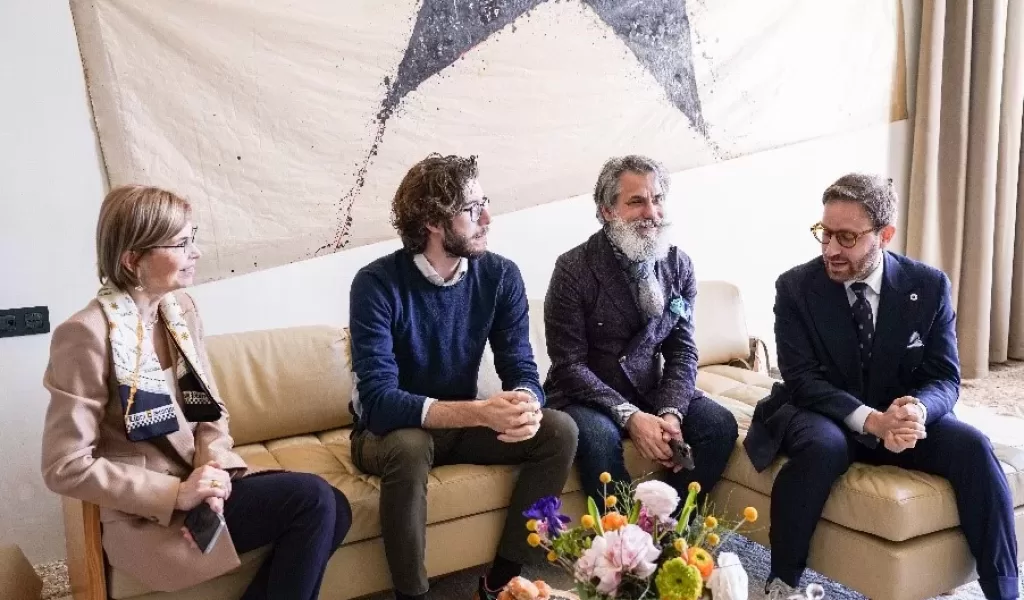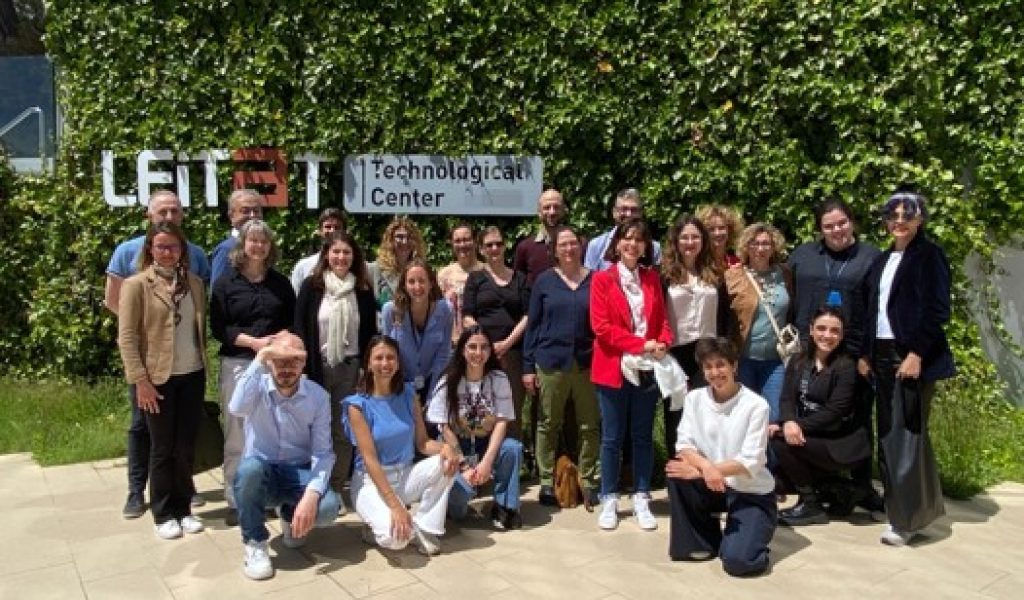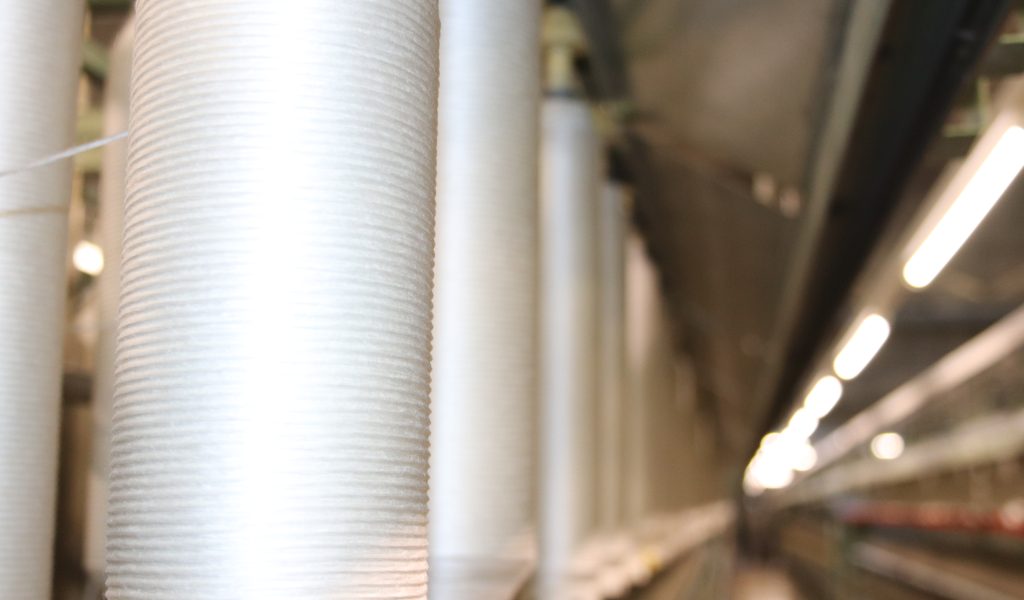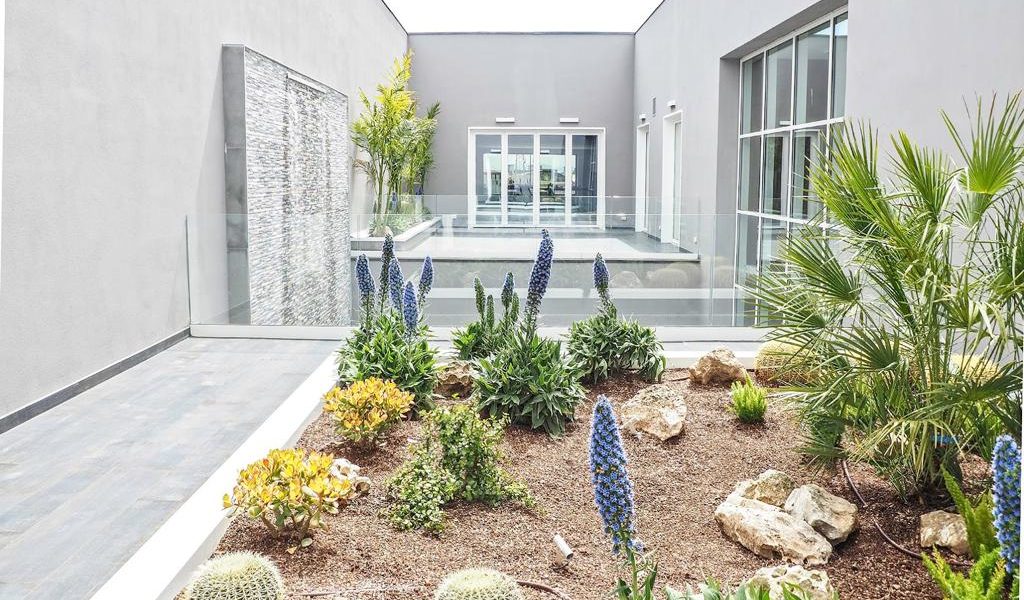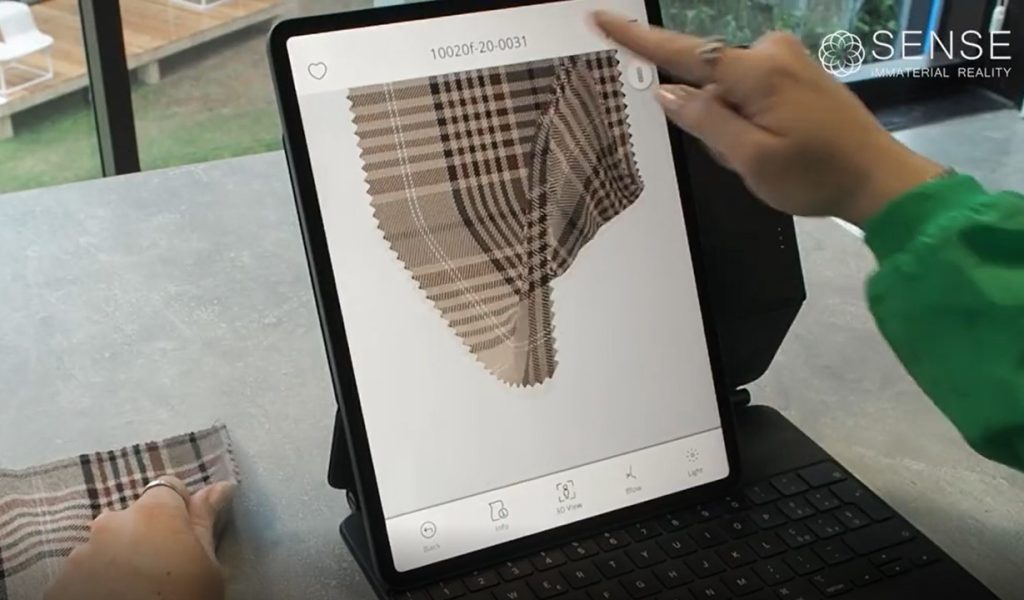In a groundbreaking development for the textile industry, C.L.A.S.S., an advocate for sustainable innovation, proudly highlights the achievements of its partner, ERCA Textile Chemical Solutions, with their latest innovation, REVE…
Menu
Discover Fibre Filippine: Piña, Abaca, Banana and other Philippine native fibers in a Fashion Show on the 17th and a 3-day Exhibition (18,19,20 October). In the photo: Dita Sandico-Ong’s Wrap
ENFiD (European Network of Filipino Diaspora) was formed as a resolution of the D2D-Rome conference with a vision towards a continued and sustained commitment and link to the Philippines, and at the same time fully integrated with the host country. With that in mind, Fibre Filippine (Piña-Abaca-Banana) Go to Rome is an effort to make Philippine fabric be part of mainstream Italian wear and use, a continuing process of keeping alive Philippine culture among Filipinos overseas and injecting it as an aspect of Italian culture. http://enfid.org
Here you can read the invitation. Free admission http://enfid.org/fibre-filippine/
FIBRE FILIPPINE
what you will see >>
Philippine Abaca or Manila Hemp
is extracted from the stalk of the plant scientifically known as Musa Textilis Nee, specifically from the outer covering of the leaf sheath. It is considered the strongest of natural fibers being three times stronger than cotton and two times stronger than sisal fibers. It is far more resistant to salt water decomposition making it suitable for rope and cordage manufacture. It can also substitute for wood pulp in the manufacture of a general line of paper products, a usage that could contribute immensely to the conservation of the world’s diminishing forest resources. Quality is determined by strength, cleaning, color, texture and length of the fiber.
Philippine Piña fiber
Known as the “Wrap Artist” of the Philippines, Fernandina “Dita” Sandico-Ong started her career with the creative use of inabel from Ilocos Sur and piñalino or pineapple fibers blended with Irish linen.is extracted from the leaves of the pineapple plant, Ananas Comosus (Linn) Merr. The plant, particularly the native or “Red Spanish” variety, has leaves that yield excellent fibers for hand weaving.
Pineapple fiber is considered to be more delicate in texture than any other vegetable fiber. About 60 cm long, white and creamy and lustrous as silk, it easily takes and retains dyes. It has been processed into paper of remarkable thinness, smoothness and pliability.
“Piña”, was brought to the Philippines by the Spaniards and with the Franciscan Decree of 1580, piña cloth weaving was encouraged as well as embroidery, honing the natives’ skills and talents.
Piña cloth weaving reached its peak of perfection in the late eighteenth century when it became one of the most sought after hand-woven materials. It was known for being suitable for the tropical climate, unique and offered the most feminine and refined look during the age of elegance and romanticism.
The hand-woven piña fabric is considered a top fashion material catering mainly to the high-end market due to its relatively high price vis-à-vis other natural fabrics. Notwithstanding the high price, the local fashion designers are continuously using piña fabrics in their fashion collection although in limited quantity. Piña seda sinuksok (with inlaid design) is now becoming more appealing and saleable in the market especially to the fashion industry.
The decorticated pineapple fiber is a suitable material for textile production and can be woven into popular fabric. Pineapple fiber blended with polyester (at 20% or 80% blend) passed the technical considerations from its pilot commercial trial run and is now ready for commercialization.
T’nalak (tehnalak)
is a purely hand-woven fabric originating from and solely produced by the T’boli mountain tribe. Using the centuries-old traditional backstrap loom weaving method, t’nalak is made from specially processed abaca fibers and tie-dyed with natural coloring agents derived from roots, barks, leaves and fruits of trees.
Piña, together with Abaca, Banana and other Philippine native fibers will be featured in “Fibre Filippine (Piña-Abaca-Banana) Go to Rome,” 17, 18-20 October 2013 at the Aranciera di San Sisto, Via Valle delle Camene, 11, organized by the Philippine Embassy in Rome in cooperation with the European Network of Filipinos in Diaspora (ENFiD).
Featured in this event are fashion shows by Filipino designers famous for their creative use of native fibers: Anthony Cruz Legarda, Dita Sandico-Ong, Renee Salud and Patis Tesoro as well as Jaki Peñalosa and Twinkle Ferraren.
CONTACT INFORMATION for Media/Publicity
FIBRE FILIPPINE – Vice Consul Margret Malang
Viale delle Medaglie D’Oro 112-114, Rome 00136, Italy
Tel: +39 06 807 2546 – Fax: +39 06 3974 0872
Spiber Inc. with its “Brewed Protein™” materials is a game changer in the fashion industry
C.L.A.S.S. Material hub is our section dedicated to producers of innovative ingredients: fiber, yarn, fabri…
A project by Venezia da Vivere and a capsule collection made in Bemberg™ fabrics, designed by Tiziano Guardini with the illustrator Jacopo Ascari.
May 2023 – Bemberg™ by Asahi Kasei, the unique fiber ob…
The award, now in its third edition, was set up by Connecting Cultures and C.L.A.S.S. with the aim of creating new visual imagery and innovative communication models in sustainable fashion
“Grow Your Couture” by Piero D’angelo, th…
Our CEO and Founder Giusy Bettoni has been really pleased to attend the 2nd Stakeholder Advisory Board Meeting of the MY-FI project held in Barcelona on May 4th at Leitat Technological Center!
We had the chance to meet the project members a…
Today we are happy to introduce you our new partner in our PROcess x PROgress category: REVECOL® by ERCA
As demonstration of ERCA TCS’s commitment towards responsible innovation, but also thanks to the important appreciation of its R&…
C.L.A.S.S. has always been committed to fostering and activating positive change in the fashion industry, while keeping contemporary consumers informed. This approach is perfectly aligned with the one of Challenge the Fabric that…
C.L.A.S.S. Material hub is our section dedicated to producers of innovative ingredients: fiber, yarn, fabric, leather and accessories.
Today we are happy to introduce you our new partner:
Pozzi Electa S.p.A.Pozzi Electa…
C.L.A.S.S. Material hub is our section dedicated to producers of innovative ingredients: fiber, yarn, fabric, leather and accessories.
Today we are happy to introduce you our new partner: Marini Industrie.
Marini Indust…
ROICA™ V550: the first Degradable Stretch solution for a New Generation of Denim
April 2023 – The international eco-tech yarn innovator and manufacturer ROICA™ by Asahi Kasei leads the way in circular stretch inno…
Since 2007 we have been advocating for a new generation of fashion where the fusion of design, innovation, communication and responsibility shapes an informed and competitive business, able to play both at an economic and social level.…
C.L.A.S.S. Future Devices is our area reserved for the new frontiers of digital communication: from virtual reality and haptics to blockchain platforms.
Today we are happy to introduce you our new partner:
Sense – im…



